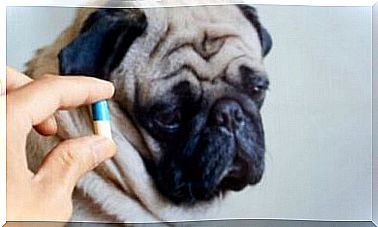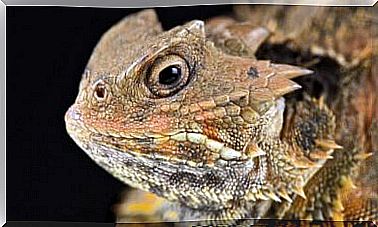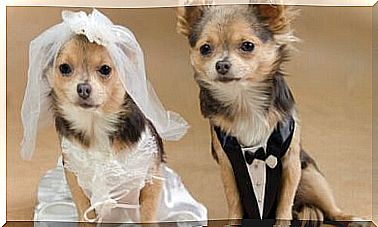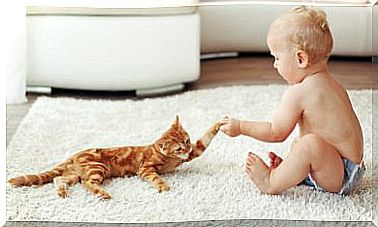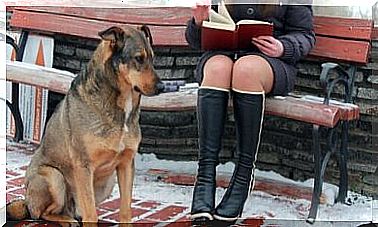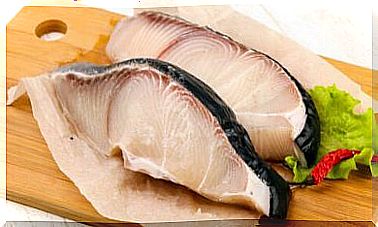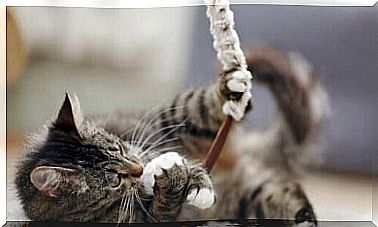Ukrainian Levkoy Cat

As if cats around the world weren’t enough, many of whom are living on the street or waiting to be adopted from some shelter, some people are committed to creating new breeds of felines. Due to the fashion of the so-called hairless cats, the Ukrainian Levkoy was created at the beginning of this century.
It is an animal with a strange and imposing appearance but at the same time affectionate, docile and intelligent. Furthermore, it is ideal for living at home and can adapt to smaller rooms.
A cat of the 21st century
Hairless cats, which actually have a thin layer of it almost imperceptible to human sight and touch, have become popular recently. Many of these new breeds originated in Russia or in regions belonging to the former Soviet Union.
In the case of the Ukrainian Levkoy, the breeder Elena Birjukova crossed specimens of Don Sphynx – which we can appreciate in the photo below – and Scottish Fold. Thus in 2004 Levkoy Primo was born, a hairless cat with ears hanging forward thanks to his Scottish genes.
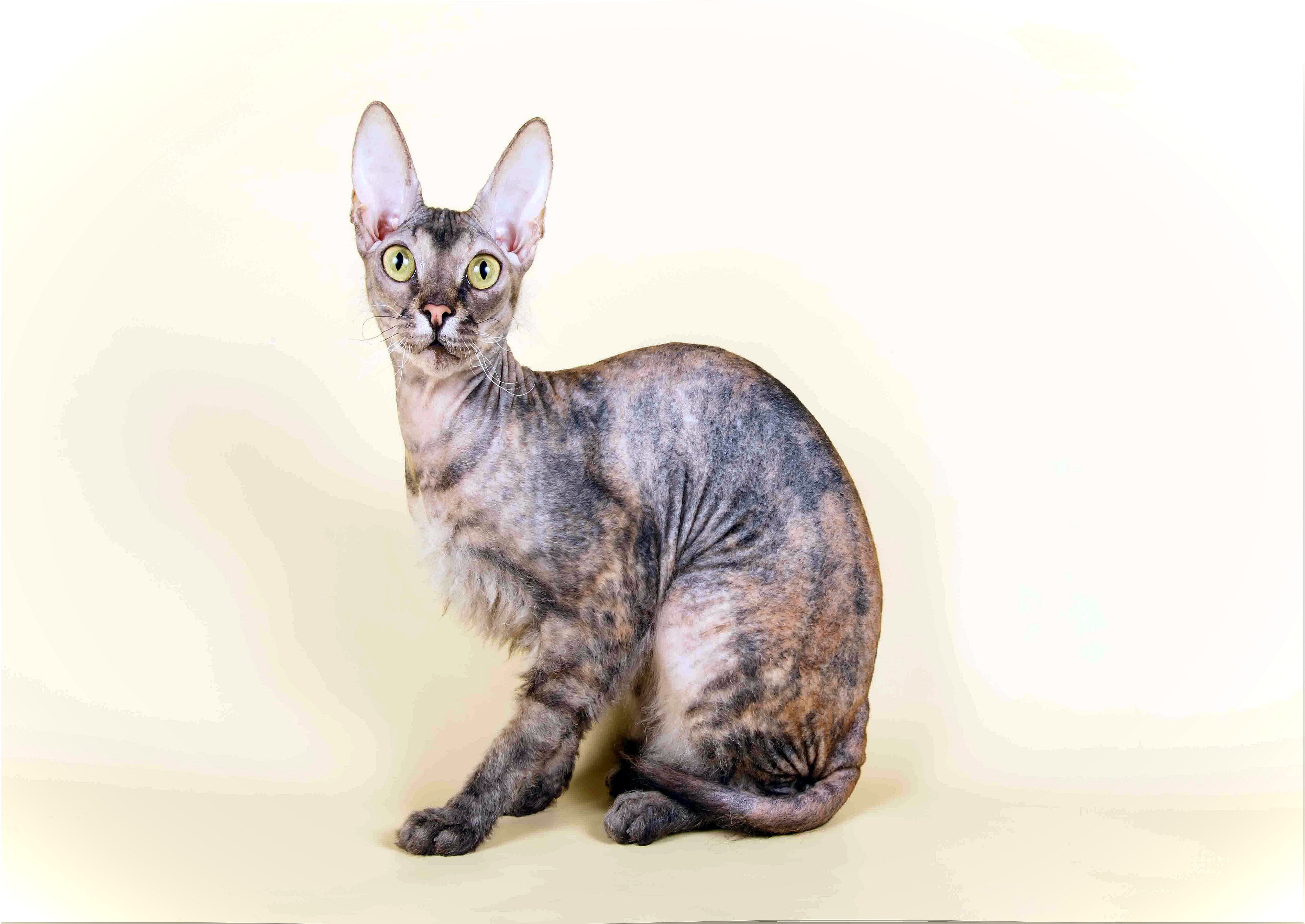
However, and despite its growing popularity, organizations like the World Cat Federation (WCF) and The International Cat Association (TICA) still don’t recognize the breed. However, it has been recognized by Russian and Ukrainian breeding clubs.
Physical characteristics of the Ukrainian Levkoy
Tastes are not to be discussed and all animals are to be loved and appreciated. Looking at it well, you will certainly be able to appreciate the beauty of this cat with an almost alien appearance, but at the same time elegant and muscular; all this despite the wrinkles that form in her apparent thick skin, especially on her stomach, head and neck.
Beyond the lack of fur and its large forward folded ears, other physical characteristics of this feline are:
- Size: medium.
- Weight: between four and seven kilos for males and between three and five for females.
- Height: between 20 and 25 centimeters for males and between 18 and 23 for females.
- Colors: gray, black, white, brown.
- Tail: lean.
- Legs: long and muscular.
- Head: with conical and flat shape. The face is angular and the cheekbones stand out. Some signs that his profile is similar to that of a dog.
- Mustache: short and slightly curled.
- Eyes: almond-shaped and with light colors.
A cat who knows how to adapt
If your home is small, the Ukrainian Levkoy can be your ideal pet. Since it is not too restless, even if it maintains a certain curiosity, it adapts without problems to small spaces, although it does not have places to play.
Sweet, sociable and outgoing, he adores his master and will likely follow him around the house. Indeed, something in its physical appearance also resembles a dog.
It is a balanced and stable animal. However, it must be considered that the Ukrainian Levkoy does not like being alone. If, therefore, he cannot count on human beings to stay with him all day, it would be better to have another pet.
Special care for the Ukrainian Levkoy
With a life expectancy of up to 15 years, this kitty requires some special care due to its low coat. To maintain his body temperature, he needs to eat a diet rich in calories and protein. It would also not be bad to provide him with clothes that protect him from the cold, like the one we can appreciate in the photo below.
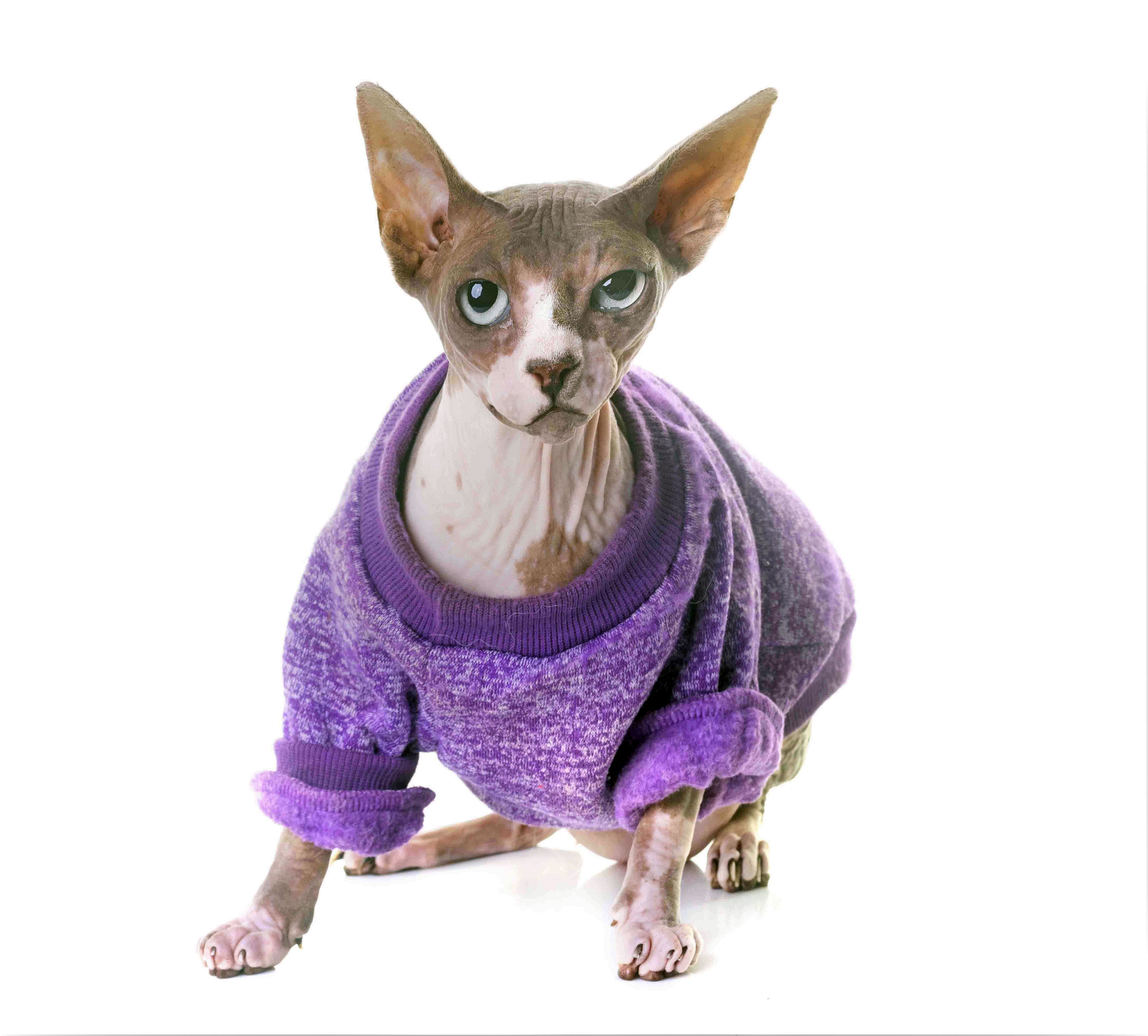
In addition, you must protect him from the cold and prevent the sun from causing irritation and burns to his exposed skin. Consult your veterinarian about the best way to take care of this animal as, as easily imaginable, it tends to suffer from dermatological diseases.
Also, this kitten needs to be bathed at least once a year. In fact, his skin releases an oily substance, as a way of protection, which however tends to become impregnated with dirt.
Finally, consider that, although it has no hair, it is not a hypoallergenic animal. Allergies are actually caused by dead cells that are released from the cat’s epithelial tissue and a substance present in its saliva.
